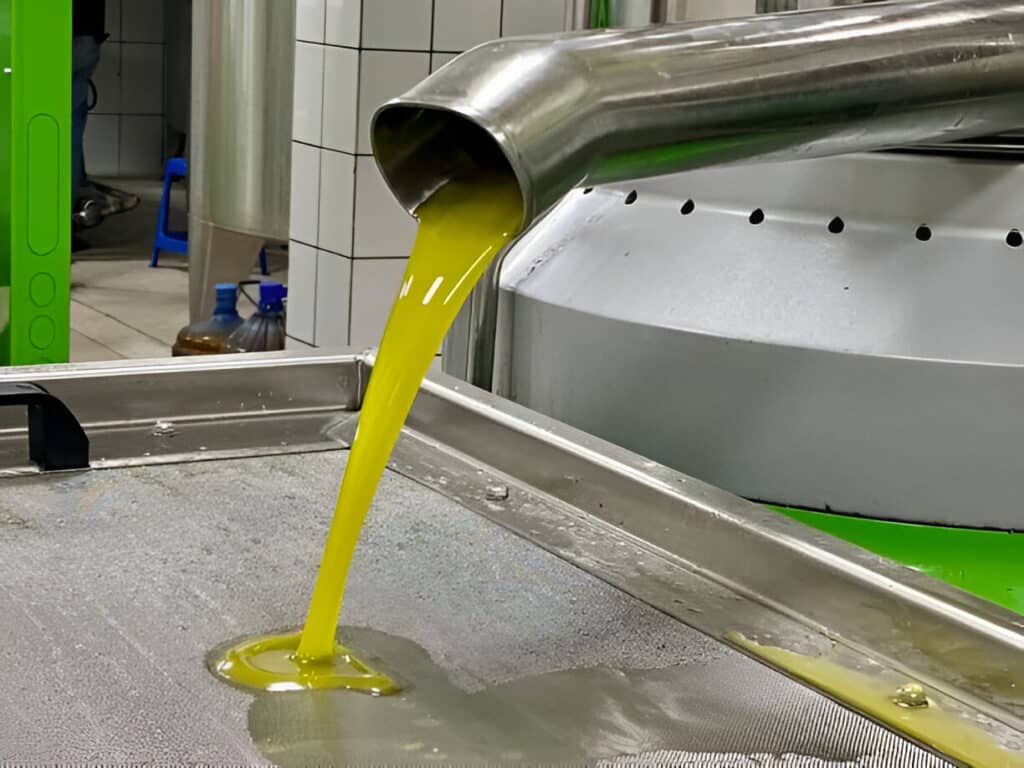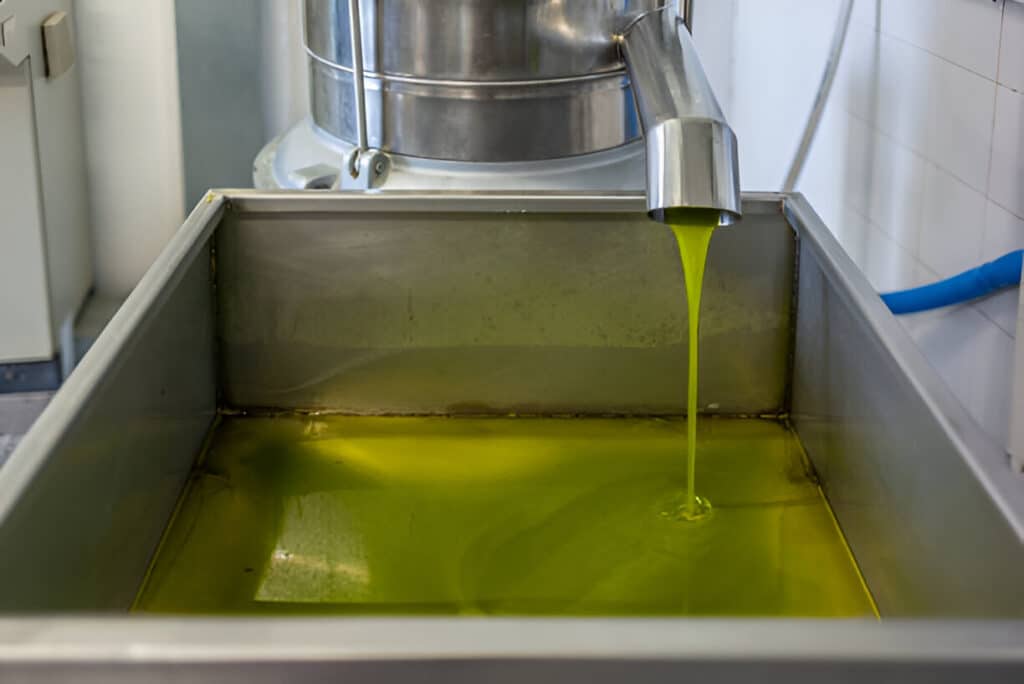Have you ever wondered what determines the fluidity of oil at low temperatures?
Pour point is the lowest temperature at which oil remains pourable before it solidifies. It is a crucial property that affects the performance and handling of lubricants and fuels in cold conditions.

What Is Pour Point
Pour point is the lowest temperature at which a petroleum product maintains its flow characteristics. It is a crucial property for determining the usability of oils and fuels in cold temperatures.
Standard test methods, such as ASTM D97 and ASTM D5949, are used to measure pour point. These tests involve cooling the oil sample and observing its flow behavior. The manual method (ASTM D97) checks for surface movement at specific temperature intervals, while the automatic method (ASTM D5949) uses optical detectors to monitor sample movement.
Pour point is influenced by factors like paraffin content and wax crystal formation. As temperature decreases, wax crystals can form and impede oil flow.
Significance of Pour Point
- Low-Temperature Performance: Pour point indicates the lowest temperature at which oil maintains flow characteristics, crucial for ensuring adequate lubrication in cold conditions.
- Lubricant Selection: Pour point is a key criterion when choosing lubricants for low-temperature applications. Oils must have pour points below the lowest expected operating temperature.
- Equipment Protection: Using lubricants with appropriate pour points prevents damage from oil solidification, which can lead to increased wear and equipment failure.
- Energy Efficiency: Maintaining optimal viscosity at low temperatures reduces internal friction in machinery, allowing equipment to operate more efficiently and reduce energy consumption.
Measuring the Pour Point of Petroleum Products
ASTM D97 Manual Method
The ASTM D97 manual method determines the pour point of petroleum products.
The procedure involves cooling the oil sample in a bath. At 9°C above the expected pour point and every 3°C thereafter, the sample jar is tilted to check for surface movement.
When no flow is observed, the jar is held horizontally for 5 seconds. If the oil still does not flow, 3°C is added to that temperature to determine the pour point.
ASTM D5949 Automatic Method
ASTM D5949 provides an automatic alternative for measuring pour point. This method uses an instrument that cools the sample and detects movement with optical sensors.
The oil is cooled at a rate of 1.5±0.1°C/min. At 1°C or 3°C intervals, a pulse of compressed gas is applied to the sample surface.
Multiple optical detectors monitor for any movement. The lowest temperature at which movement is detected is recorded as the pour point.

What Is Pour Point Depressant
Pour point depressants are additives used to improve the low-temperature flow properties of petroleum products and lubricants.
Common types of pour point depressants include alkylated naphthalenes, polymethacrylates, and ethylene-vinyl acetate copolymers. These substances work by modifying the formation and growth of paraffin wax crystals that naturally occur in oils as temperatures decrease.
Pour point depressants alter the shape and size of wax crystals, preventing the formation of large, interlocking structures that can impede oil flow. This allows the oil to remain pumpable at temperatures below its natural pour point.
Pour Point of Various Lubricants and Oils
| Lubricant/Oil Type | Pour Point (°C) |
|---|---|
| Crude oils | -40 to 30 |
| Paraffinic base oils | -15 to -40 |
| Mineral oil | -9 to -40 |
| Polyol esters | -40 to -70 |
| Diesel fuels | -35 to -55 |
| Hydraulic oils | -30 to -60 |
| Engine oils | -30 to -50 |
| Transmission fluids | -40 to -55 |
| Gear oils | -30 to -45 |
| Refrigeration lubricants | -50 to -70 |
Factors Affecting Pour Point
Oil Composition
The pour point of crude oil is significantly influenced by its composition, particularly the paraffin wax content. Crude oils with higher paraffin content generally exhibit higher pour points.
The source of the crude oil also plays a crucial role, as different geographical locations yield oils with varying chemical compositions. For instance, North Sea crude oils often have different pour point characteristics compared to those from other regions.
Additives
Pour point depressants (PPDs) are additives that can effectively lower the pour point of petroleum products. These additives, such as olefin copolymers and alkylated naphthalenes, work by modifying wax crystal formation.
PPDs interfere with the lateral crystal growth of wax molecules, preventing them from forming large, interlocking structures that impede oil flow at low temperatures.
Viscosity
Viscosity and pour point are closely related properties of lubricating oils. Generally, oils with higher viscosity indices tend to have lower pour points.
Wax Appearance Temperature: Difference from Pour Point and Significance
The wax appearance temperature (WAT), also known as the cloud point, is distinct from the pour point but equally important in understanding oil behavior at low temperatures. WAT is the temperature at which wax crystals first begin to form in the oil, while pour point is the lowest temperature at which the oil will still flow.
FAQs
How does pour point affect engine oil performance?
A low pour point ensures that engine oil can flow and lubricate moving parts effectively, even in cold temperatures, preventing engine damage during cold starts.
How does biodiesel’s pour point compare to conventional diesel?
Biodiesel generally has a higher pour point than conventional diesel, which can limit its use in cold climates without additives or blending with petroleum-based diesel.
In Conclusion
Pour point is a crucial property of lubricating oils and fuels. It indicates the lowest temperature at which a fluid can flow, which is essential for maintaining proper lubrication and fuel flow in various applications.
Understanding pour point helps in selecting appropriate lubricants and fuels for specific operating conditions. To learn more about pour point and its significance, consult with industry experts or refer to reliable technical resources.




